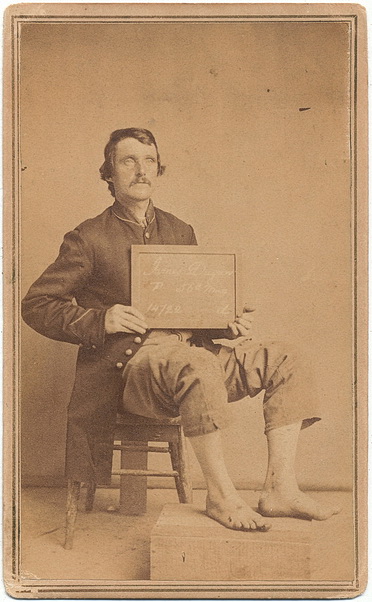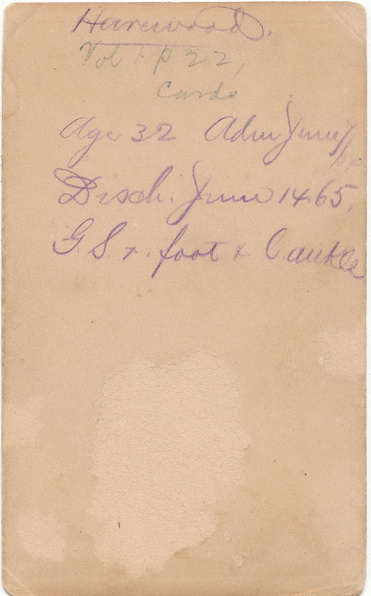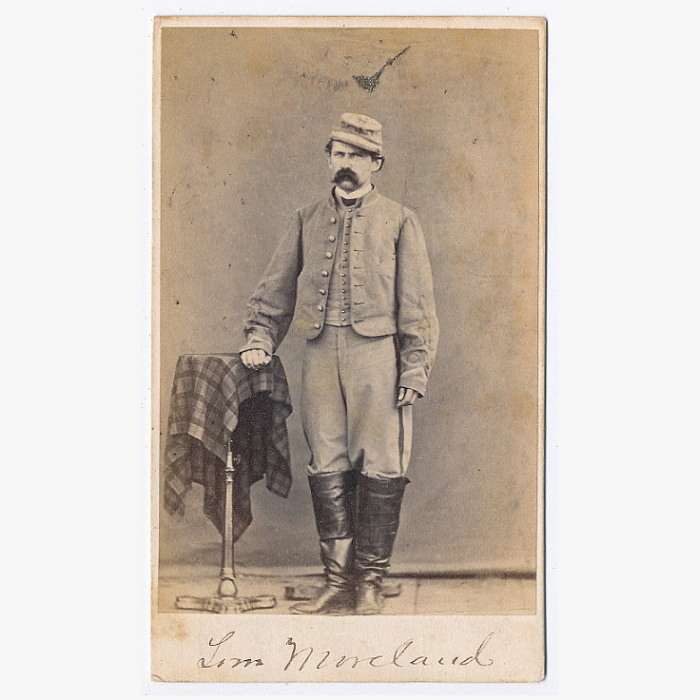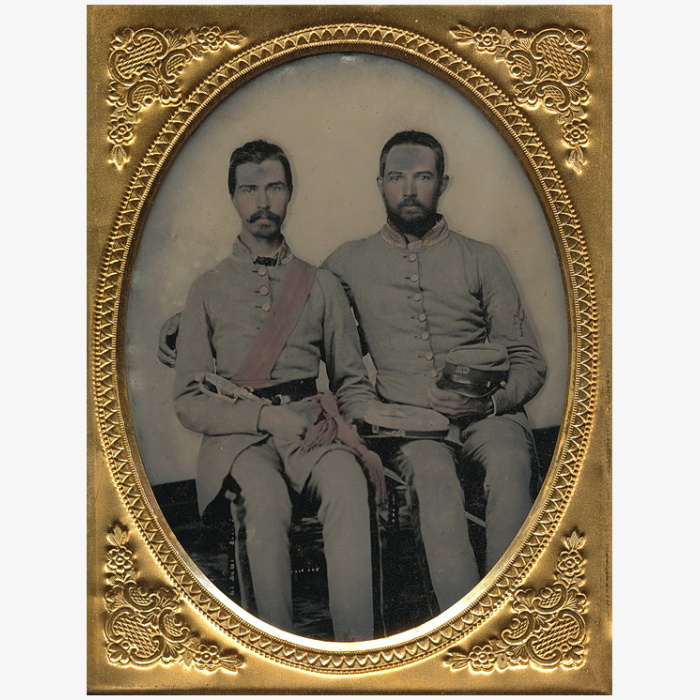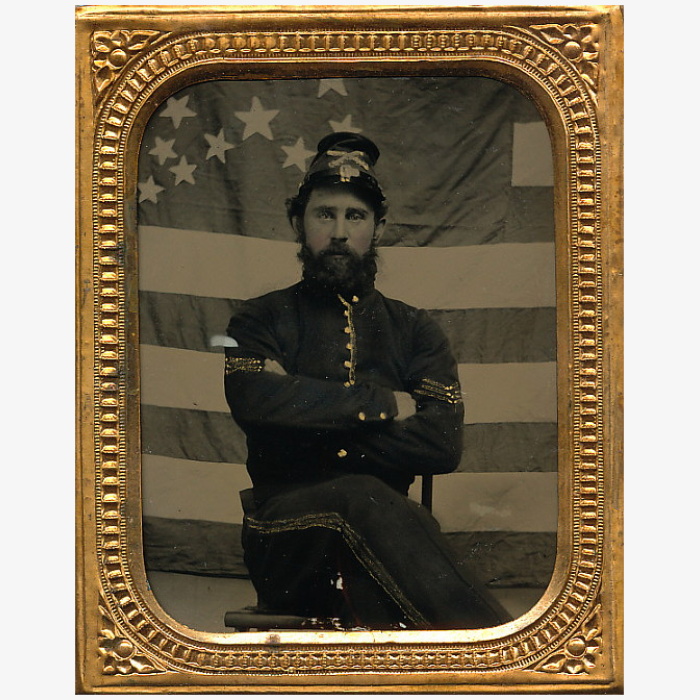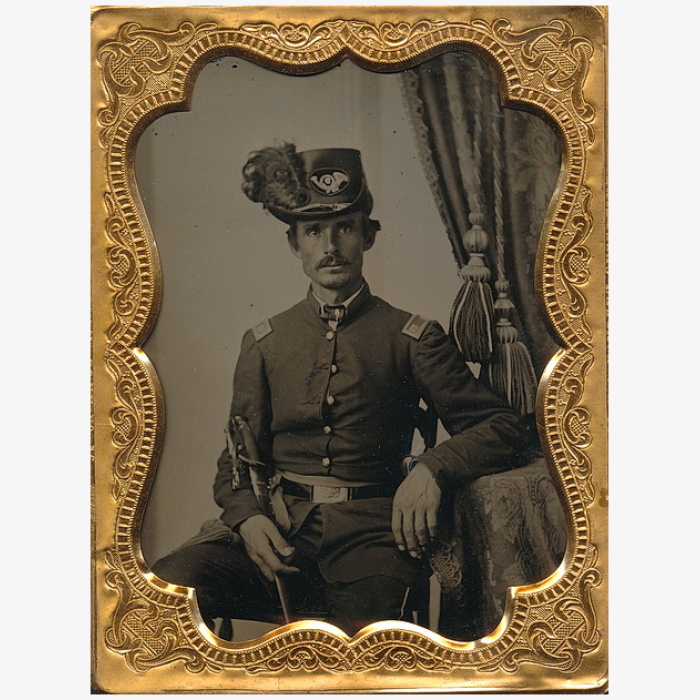Description
Rare carte view of a wounded James Dugan of the 56th Massachusetts who was photographed by Civil War surgeon Reed Bontecou. A Taunton, Massachusetts resident, James would initially enlist with the 29th Massachusetts Volunteer infantry in December, 1861. The 30 year old laborer, would muster into F., but would be discharged for a disability just 9 months later in September,1862. His heath regained, James would enlist once more. This time mustering with the 56th Massachusetts Volunteer Infantry in December, 1863 following the regiments organization at Readville. Attached to the Army of the Potomac, they would be quickly employed in helping to put down the rebellion. Their first battle would come at the Wilderness in May of 1864. Following the Wilderness, the battles would come in rapid succession. The Salient, North Anna River, Totopotomoy Creek, Cold Harbor and lastly, for James at least, Bethesda Church. James would be wounded on the last day of the 3 day battle after a rebel bullet slammed into his foot and ankle. Transferred to the Harewood U.S. Army General Hospital in Washington, he would fall under the care the surgeon in charge of Harewood, Surgeon Reed Bontecou. Starting in April 1861, Bontecou would enlist in the War as surgeon, Second Regiment, New York State Volunteers, with rank of major and operated on the field at Big Bethel, the first battle of the war. From October, 1863, to June, 1866, Bontecou served as the surgeon in charge of United States Army General Hospital, “Harewood,” at Washington, District of Columbia, one of the largest hospitals of the war, with a capacity of 3,000 beds. He had the vision to photograph wounded soldiers who came into the hospital’s care, a pioneering achievement not only in medical photography but in the history of photography in general. Each subject posed with his name and ID on a slate board while displaying their wounds. His photographs were later widely used to determine the degree of injury to individual soldiers and the resulting pension they were awarded. While Bontecou photographed an unknown number of soldiers, his views are rarely found. Each soldier he photographed was then documented on the reverse of the card in his own hand as this example is. Wonderful and rare view.
